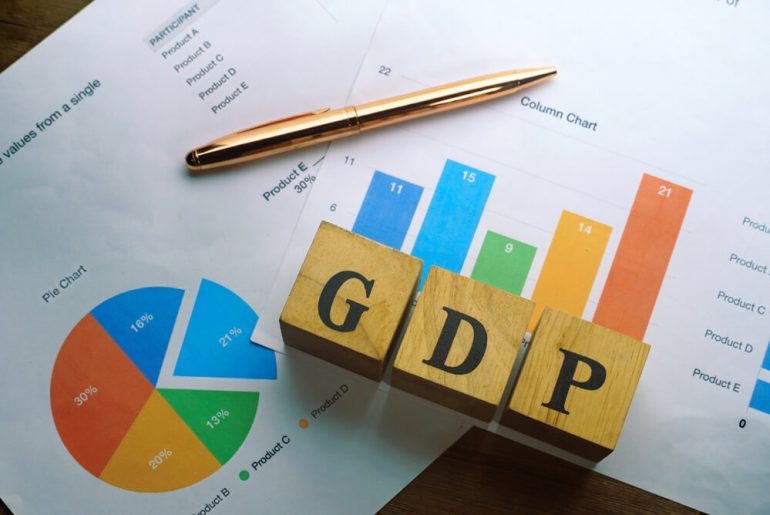Gross Domestic Product (GDP) is one of the most widely used indicators of a country’s economic health. As the total monetary value of all goods and services produced within a country’s borders over a specific period, GDP offers a comprehensive snapshot of economic activity. Investors, policymakers, businesses, and economists alike closely monitor GDP figures, as they offer insights into the direction of the economy.
But beyond being just a number, GDP data can have far-reaching implications across different financial markets. From stock markets and bond yields to foreign exchange and commodity prices, GDP reports can trigger significant market reactions. In this article, we’ll explore how GDP data affects various markets, analyze the mechanisms behind these effects, and examine the importance of this data for different market participants.
Understanding GDP: A Quick Overview
Before diving into how GDP affects markets, it’s important to understand what GDP measures and how it’s reported. GDP includes consumer spending, government expenditures, investments, and net exports (exports minus imports). It is usually reported in three versions, advance, preliminary, and final, each offering increasing accuracy and detail. Economists and analysts compare GDP growth rates to previous periods or against forecasts to gauge whether an economy is expanding or contracting.
A strong GDP growth rate typically suggests that businesses are investing, consumers are spending, and jobs are being created. Conversely, weak or negative GDP growth may indicate slowing economic activity, which could signal a recession or the need for economic stimulus.
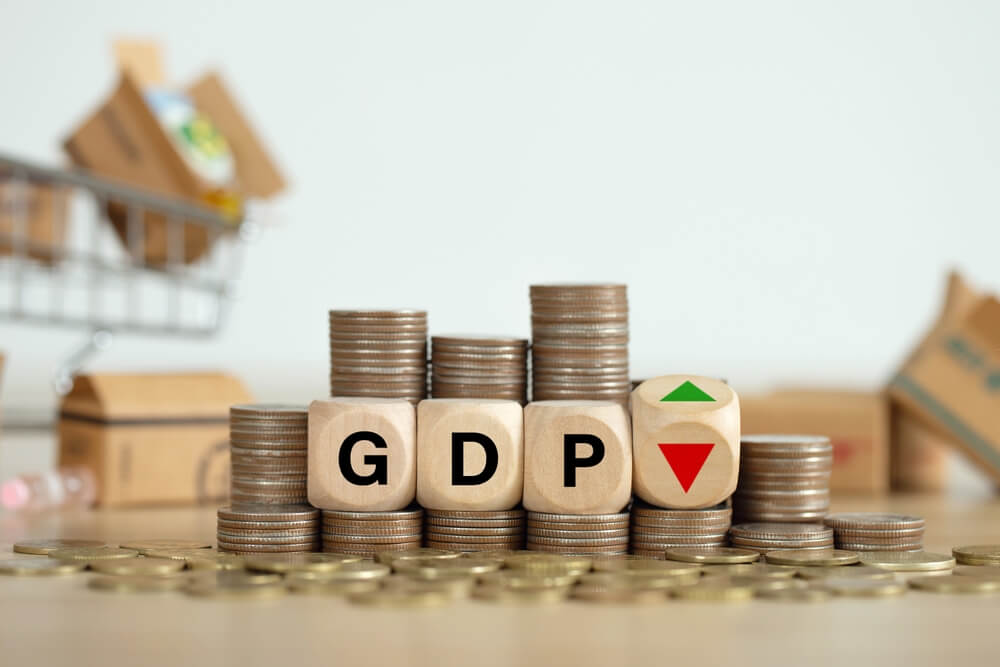
Stock Markets: Riding the Waves of Growth
One of the first places to feel the impact of GDP data is the stock market. Investors look at GDP growth as an indicator of corporate profitability. A strong GDP figure often leads to a bullish stock market, as higher economic activity usually means better earnings for companies. This can drive stock prices higher, especially for cyclical sectors such as consumer discretionary, industrials, and financials, which tend to perform well in a growing economy.
On the flip side, if GDP growth falls short of expectations or shows signs of contraction, equity markets may decline. Investors often fear that a slowdown in economic growth will lead to lower corporate earnings and possibly job losses, leading to reduced consumer spending. Sectors like utilities and healthcare, which are considered defensive because their demand is less sensitive to economic cycles, might outperform during such periods.
Additionally, GDP data can influence investor sentiment and market expectations about future monetary policy. If GDP growth is too strong, central banks may be prompted to raise interest rates to prevent the economy from overheating. This could dampen equity valuations, especially in high-growth sectors like technology that are sensitive to interest rate changes.

Fixed Income Markets: A Gauge for Interest Rate Expectations
GDP data also plays a critical role in shaping the bond market, particularly in determining the direction of interest rates. In a high-growth scenario, bond yields typically rise. This is because investors expect central banks, such as the Federal Reserve, to raise interest rates to prevent inflation from escalating. Higher interest rates reduce the appeal of existing bonds with lower yields, leading to falling bond prices.
In contrast, weak GDP growth or contraction often leads to expectations of lower interest rates or even rate cuts. This can push bond prices higher, particularly for longer-dated government securities. Moreover, in uncertain economic times, investors often move money into safer assets like government bonds, increasing demand and further lowering yields.
For fixed income investors, GDP data helps in evaluating the risk-return tradeoff. It informs decisions on the duration and type of bonds to invest in, whether it’s short-term treasury bills or long-term corporate bonds. It also plays a role in credit spreads, which widen during economic downturns as default risks increase, affecting corporate bonds more than sovereign debt.
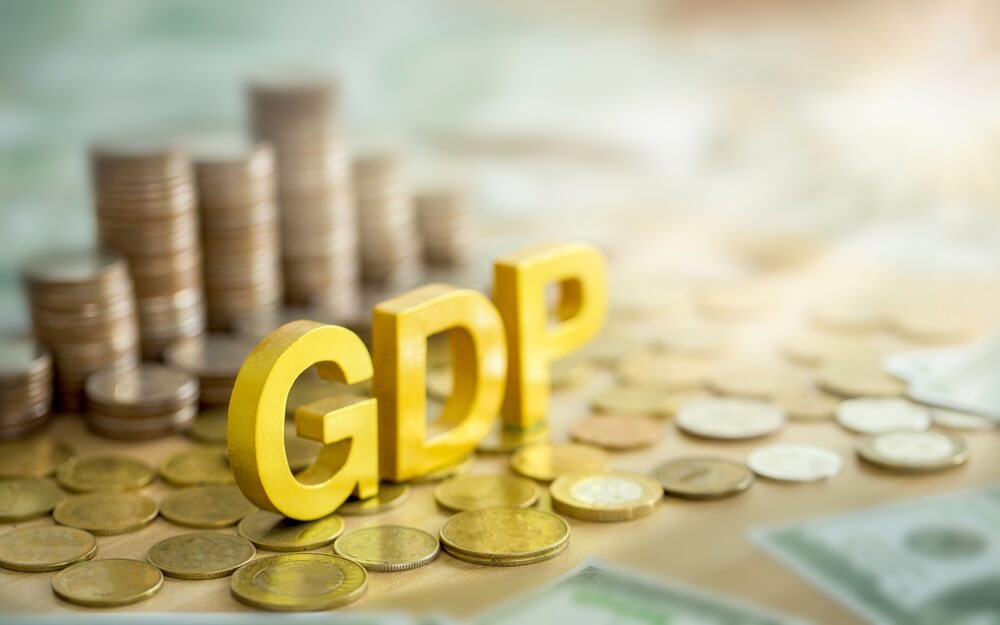
Currency Markets: GDP as a Driver of Currency Strength
The foreign exchange (forex) market is particularly sensitive to GDP announcements. A strong GDP report generally leads to a stronger domestic currency. This happens because robust economic growth increases the likelihood of higher interest rates, which in turn attract foreign capital seeking better returns.
For example, if the U.S. posts stronger-than-expected GDP growth, it could lead to a stronger dollar against other currencies. Conversely, if growth falls short, the dollar might weaken as traders anticipate easier monetary policy or slower capital inflows.
Currency traders use GDP data not just to assess current economic strength but also to make speculative bets on future movements. Moreover, disparities in GDP growth between countries can drive shifts in capital flows, influencing exchange rates over the medium to long term.
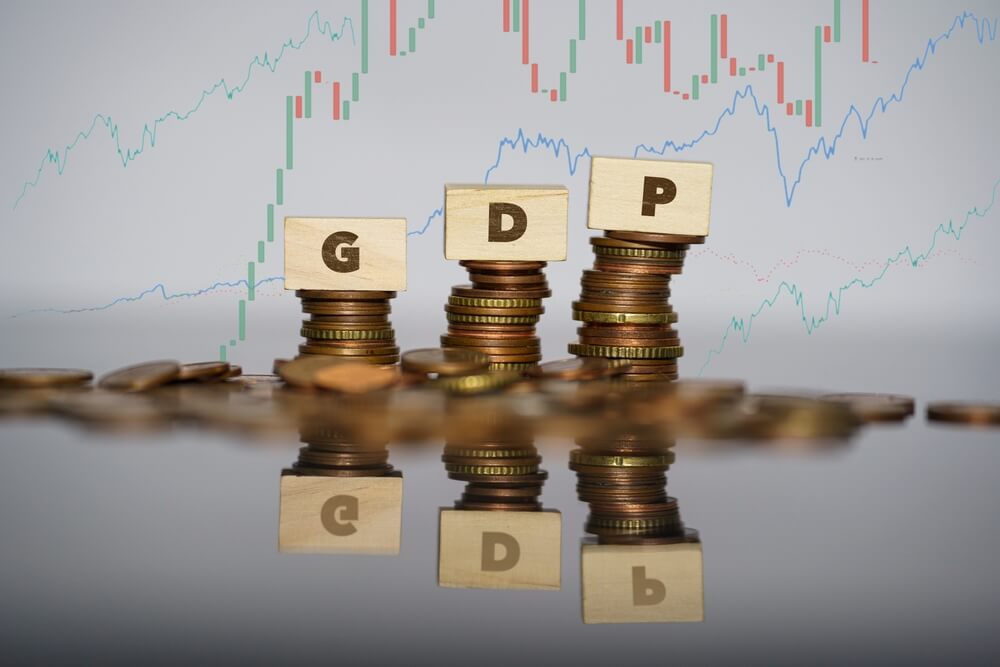
Commodities: Growth Signals and Demand Expectations
Commodities are also affected by GDP figures, though in more indirect ways. Strong economic growth usually correlates with increased demand for raw materials like oil, copper, steel, and agricultural products. Higher GDP implies more industrial activity, construction, and consumption, all of which drive up demand for commodities.
Oil prices, for instance, often move in response to GDP reports from major economies like the U.S., China, or the Eurozone. A bullish GDP report signals stronger energy demand, pushing oil prices up. On the other hand, slowing GDP growth may reduce expectations for future commodity consumption, leading to price declines.
Gold behaves a bit differently. It is traditionally considered a “safe-haven” asset. During times of low GDP growth or economic uncertainty, gold prices often rise as investors seek to protect wealth from inflation or currency depreciation.
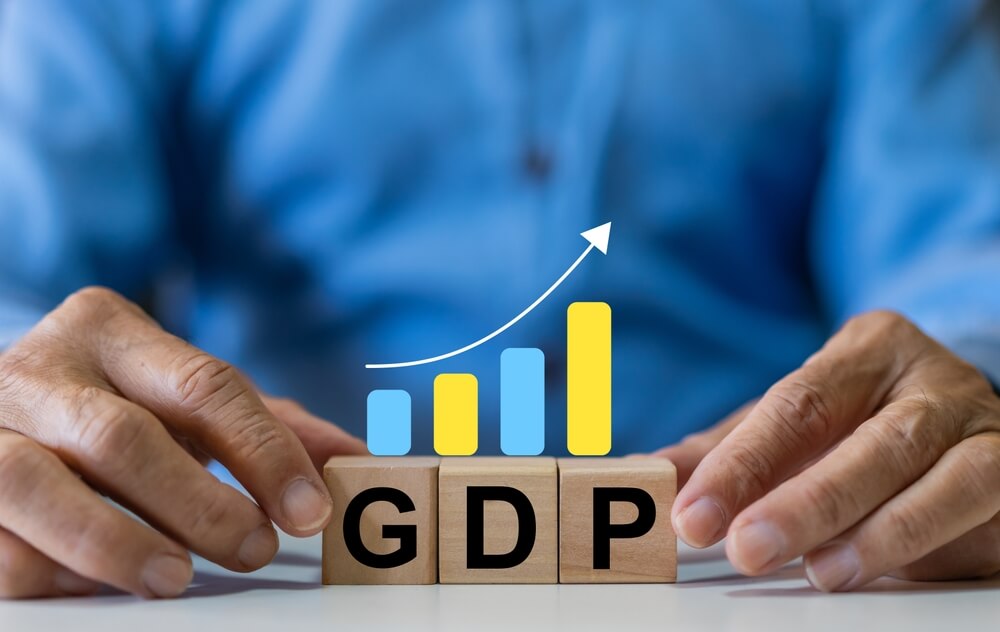
How Market Participants React to GDP Data
Different participants in the financial markets interpret GDP data based on their specific goals and risk tolerances. Here are two broad categories of how they react:
Short-Term Traders:
- Focus heavily on the surprise element in GDP reports, how the actual figure compares to forecasts.
- May execute quick trades in equities, currencies, or commodities based on the direction of the surprise.
- Use GDP as a signal for changes in market sentiment and volatility.
Long-Term Investors:
- Analyze GDP trends over multiple quarters or years.
- Adjust portfolios gradually in response to structural shifts in economic growth.
- Use GDP data to assess business cycle positioning and sector allocations.
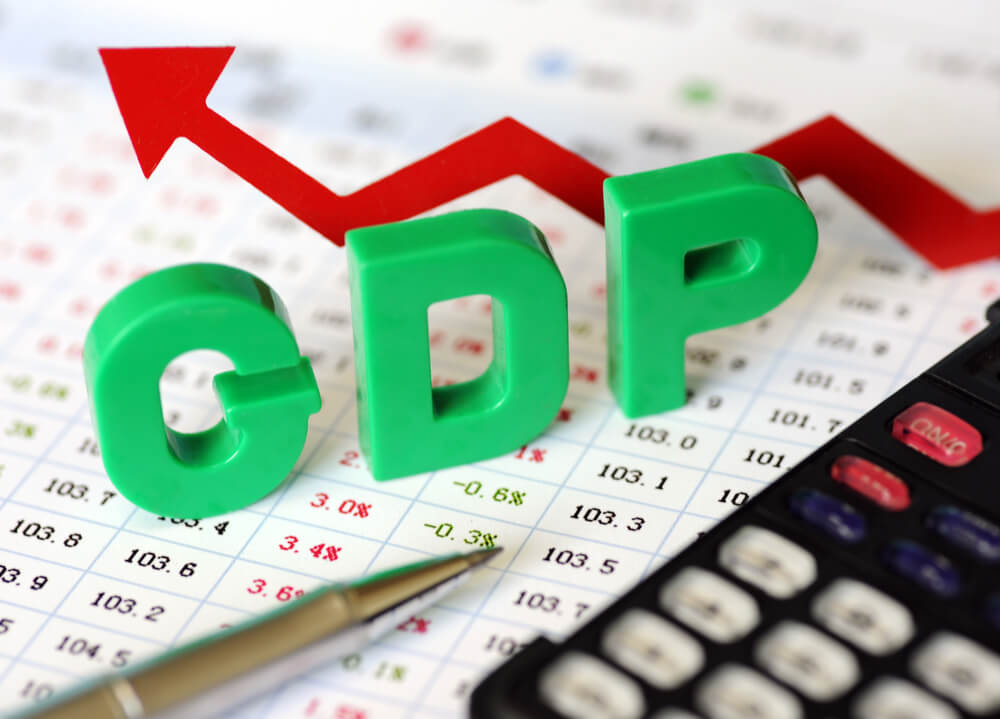
Limitations and Nuances of GDP Data
While GDP is a powerful indicator, it’s not without limitations. First, it is a lagging indicator, it tells us what has happened, not what will happen. Also, GDP does not account for income inequality, environmental degradation, or unpaid work, all of which may affect a nation’s true well-being and long-term economic potential.
Additionally, revisions to GDP data are common. The initial release often gets updated as more complete data becomes available. These revisions can lead to changes in market perceptions, especially if the adjustments are significant.
Another consideration is the influence of fiscal and monetary policy. Sometimes, strong GDP growth is the result of temporary government spending or stimulus measures rather than organic economic expansion. Markets must interpret these subtleties to avoid overreacting to headline numbers.
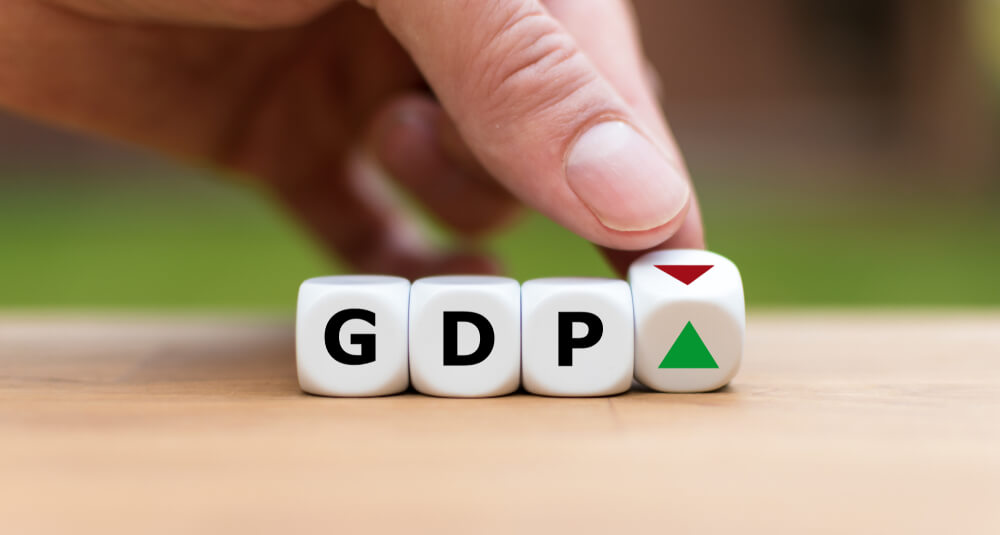
GDP data is a cornerstone of macroeconomic analysis and plays a central role in shaping the expectations and behaviors of investors across all financial markets. From stocks and bonds to currencies and commodities, the ripple effects of GDP announcements are far-reaching. While no single metric can capture the full complexity of an economy, GDP remains a vital indicator of economic momentum.
Understanding how GDP affects different markets enables investors and traders to make more informed decisions. By watching GDP trends and the market’s reaction to them, one can gain valuable insights into future market movements, potential policy shifts, and broader economic dynamics. Whether you’re a short-term speculator or a long-term portfolio manager, staying attuned to GDP data is not just useful, it’s essential.

